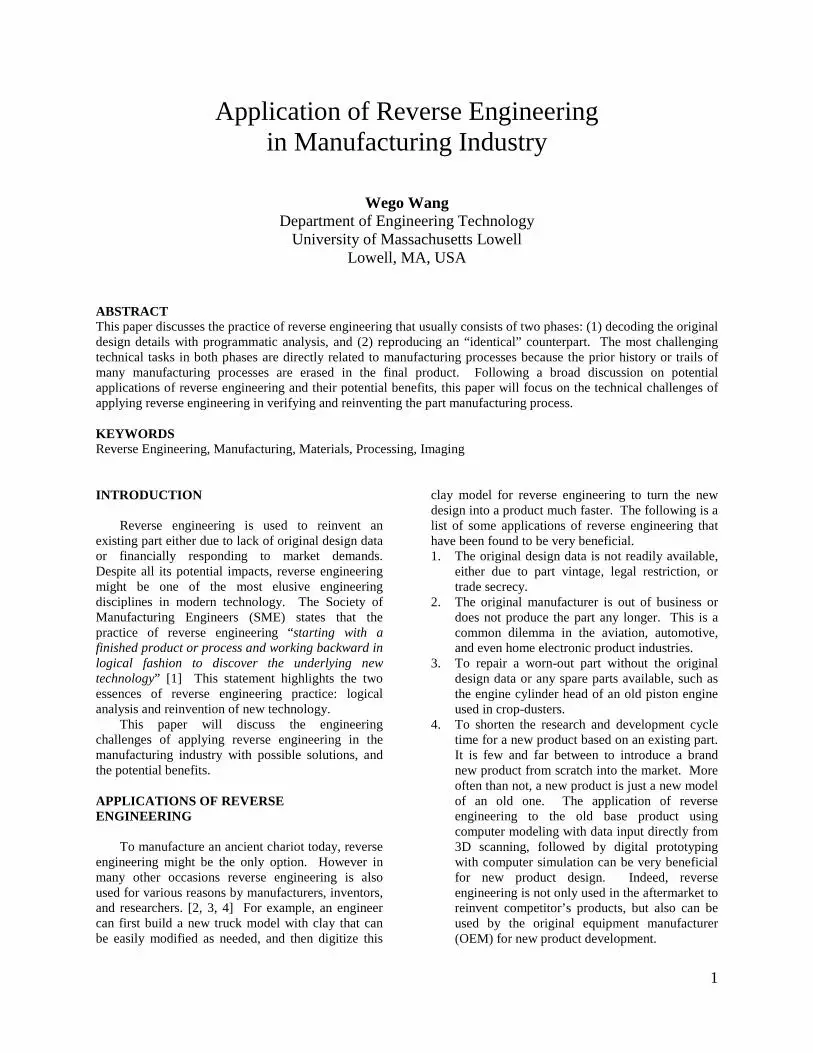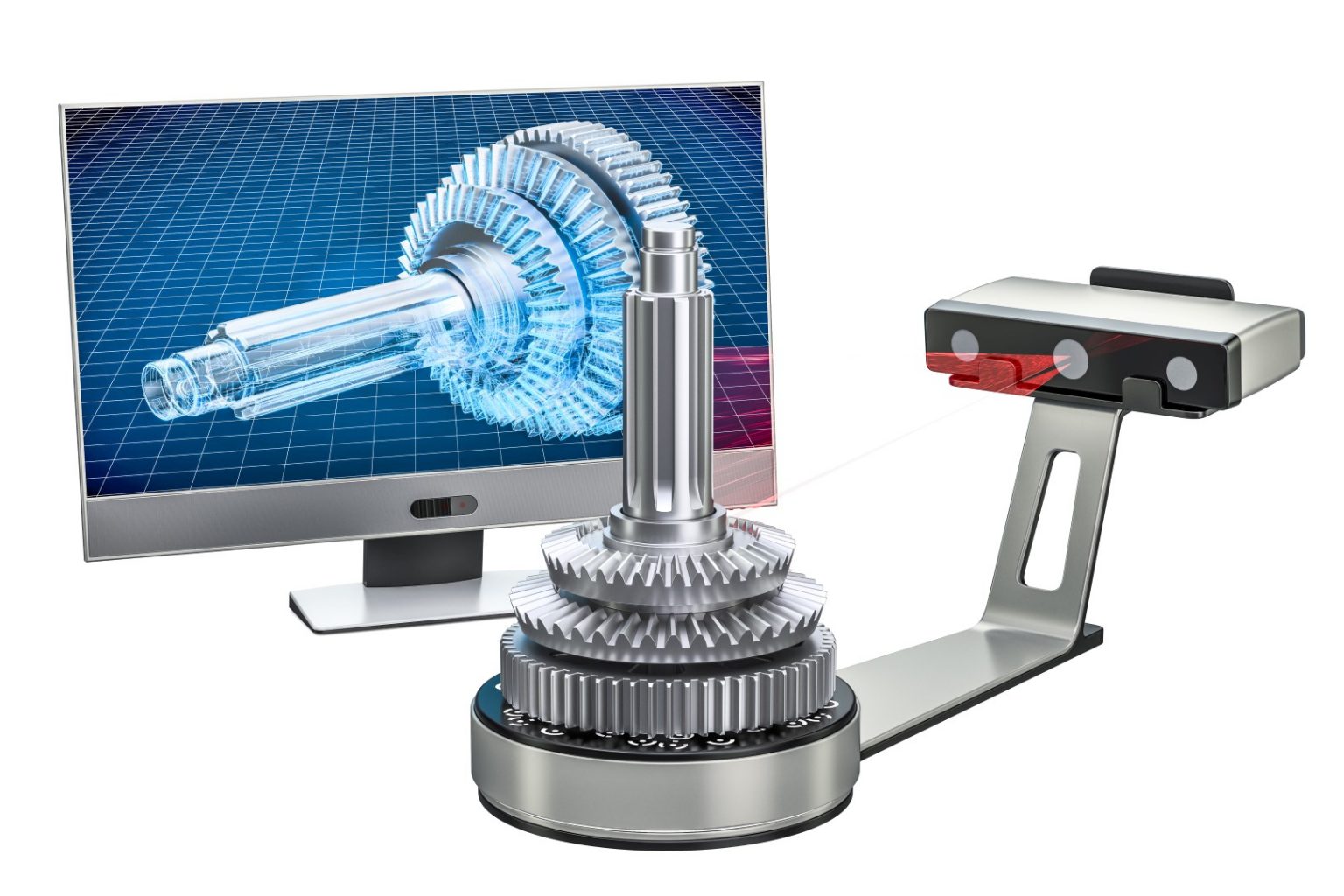Reverse Engineering for Documents

Reverse engineering is the process of analyzing a system or component to identify its underlying design and functionality. In the context of documents, reverse engineering involves examining existing documents to understand their structure, content, and relationships. This process can be useful for a variety of purposes, including:

Data Extraction: Reverse engineering can be used to extract data from documents for use in other applications. For example, a company might reverse engineer a customer database to extract contact information for use in a marketing campaign.

Document Understanding: Reverse engineering can help to improve understanding of complex or unfamiliar documents. By breaking down a document into its component parts, it can be easier to identify its purpose, structure, and relationships.
Document Improvement: Reverse engineering can be used to identify areas for improvement in existing documents. By understanding how a document is structured and used, it is possible to make changes to improve its clarity, organization, and usability.
Process Analysis: Reverse engineering can be used to analyze the processes that are involved in creating and managing documents. This information can be used to improve efficiency, reduce errors, and meet compliance requirements.
There are a variety of techniques that can be used for reverse engineering documents. Some common approaches include:
Structural Analysis: This technique involves examining the overall structure of a document, including its headings, sections, and paragraphs. It can be used to identify the relationships between different parts of the document and to understand how it is organized.
Content Analysis: This technique involves analyzing the content of a document, including its words, phrases, and sentences. It can be used to identify the main topics and themes of the document, as well as to extract specific information.
Relationship Analysis: This technique involves identifying the relationships between different documents. For example, it can be used to identify which documents are related to a specific topic or to determine which documents are used in a particular process.
Reverse engineering is a powerful technique that can be used to improve understanding of documents, extract data, and improve processes. By understanding the structure, content, and relationships of documents, it is possible to gain valuable insights and make improvements that can benefit organizations and individuals alike.## Reverse Engineering for Documents
Executive Summary
Reverse engineering for documents involves deconstructing a document’s structure and content to gain insights into its purpose, origin, and underlying principles. By analyzing a document’s layout, formatting, and language, researchers can extract valuable information that can inform decision-making, improve workflows, and optimize document creation processes.
Introduction
In today’s data-driven world, documents play a crucial role in communication, decision-making, and knowledge management. As organizations strive to maximize the value of their document assets, reverse engineering techniques offer a powerful approach to unlocking hidden insights and optimizing document management practices.
FAQs
-
What is the purpose of reverse engineering documents?
To extract valuable information, gain insights into document structure and content, and improve document creation processes. -
What types of documents can be reverse engineered?
Various types of documents, from contracts and legal agreements to technical manuals and corporate reports. -
What tools are used for reverse engineering documents?
A combination of manual analysis, software tools, and artificial intelligence techniques can be employed for document reverse engineering.
Top 5 Subtopics of Reverse Engineering for Documents
- Document Structure Analysis:
- Goal: Identify the logical organization and flow of content within a document.
- Important Pieces:
- Header and footer structures
- Table of contents
- Cross-referencing
- Pagination
- Contextual cues
- Text Analysis:
- Goal: Extract and interpret the textual content of a document.
- Important Pieces:
- Text mining techniques
- Natural language processing
- Keyword extraction
- Sentiment analysis
- Topic modeling
- Metadata Extraction:
- Goal: Collect and analyze hidden information embedded within a document.
- Important Pieces:
- File size and format
- Creation and modification dates
- Author and modification history
- Embedded images and attachments
- OCR (Optical Character Recognition)
- Layout and Formatting Analysis:
- Goal: Examine the visual elements and presentation of a document.
- Important Pieces:
- Font size and style variations
- Colors, images, and graphics
- Page orientation and margins
- White space and alignment
- Content hierarchy
- Purpose and Origin Analysis:
- Goal: Determine the intended use and source of a document.
- Important Pieces:
- Title, abstract, and keywords
- Document type and classification
- Audience and intended readership
- Organization and affiliation
- Historical context and relevance
Conclusion
Reverse engineering for documents empowers organizations to unlock the full potential of their document assets. By deconstructing and analyzing documents, researchers and practitioners gain valuable insights that inform decision-making, streamline workflows, and optimize document management practices. Embracing reverse engineering techniques fosters a data-centric approach to document management, enabling organizations to extract hidden knowledge and drive informed action.
Keyword Tags:
- Document Analysis
- Reverse Engineering
- Content Extraction
- Metadata Analysis
- Document Optimization

